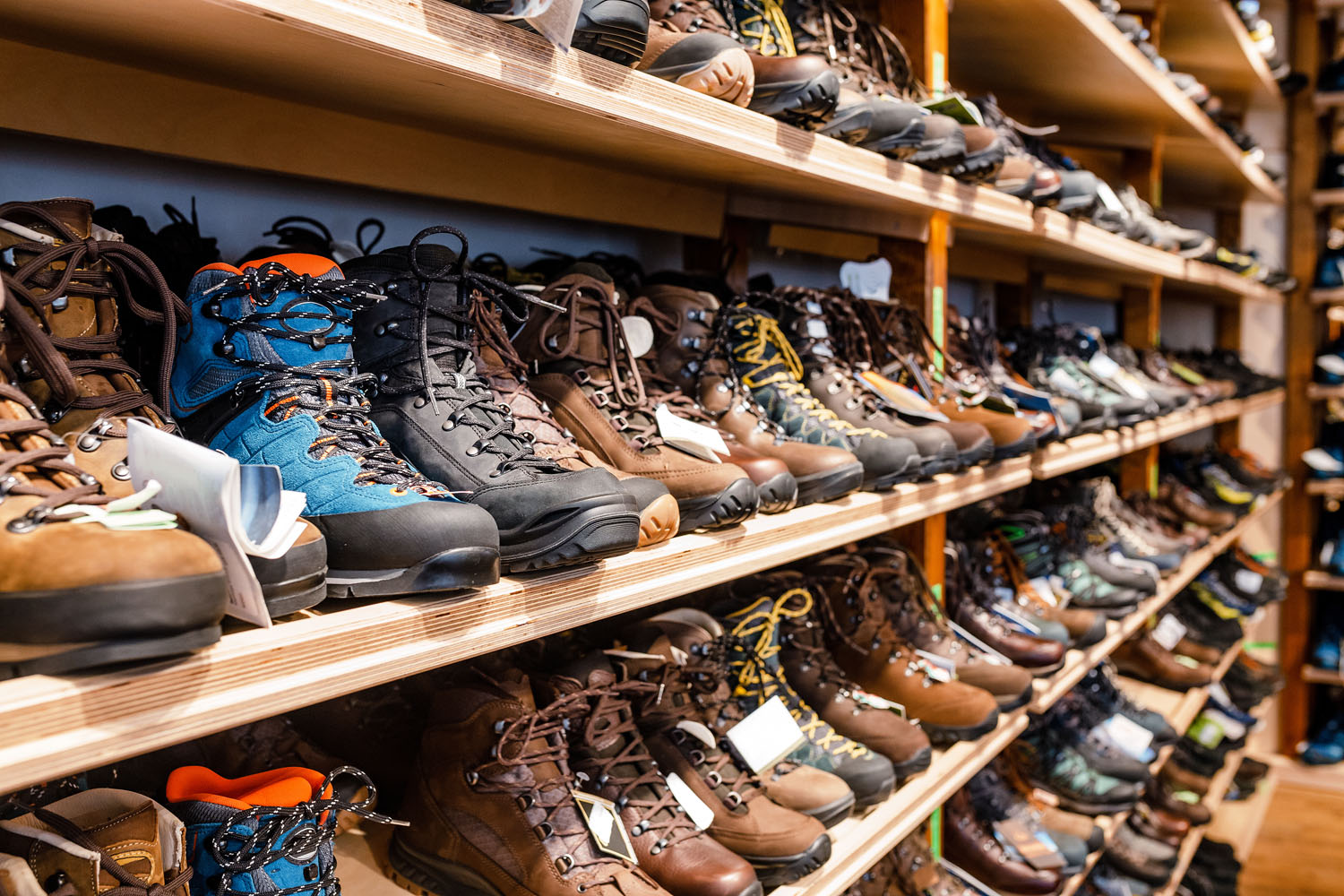
I am going to share some mysterious tips and tricks for Buying Hiking Boots and Shoes utilize these magical tricks and tips to measure how well every hiking boot or shoe you take a stab at accommodates your feet. Before going to shop hiking boots, remember the following:
- Firstly, go for shopping near the end of the day so your feet are at their biggest.
- Secondly, while buying the hiking shoes you must wear the same hiking socks and athletic clothing that you would wear to go on hiking. As we wear thin socks in summer and thick woolen socks in winter so the thickness and thinness of socks is an important thing to consider.
Things to do at the Store when trying on hiking boots
- Ask for the measurement of your feet. This will give you a confirmation about your boot size, as well as you know whether one foot is bigger than the other.
- Lace-up the two boots, stand up, and squirm your toes. Your large toes should be near the front of the toe box, however not contacting, the front of the toe box. Request someone to press their thumb down over the front of the boots, simply in front of your large toe. At this point, if you feel a full thumb’s width of empty space between your large toe and the front of the toe box, the boots are too big. Moreover, the socks should also be considered; either you are wearing a pair of winter socks or summer socks. Also, consider the lighter weight footwear, it fits you the best.
- Roll forward onto your toes, at that point back onto your heels. Do this practice for a few seconds. If the footwear fits properly, as well as your heels won’t go all over inside the boot then it suits your feet. The more your heels move, the more chances of getting blisters or rashes on your feet.
- Walk uphill and downhill. If you find a place in the store that has an inclined ramp or slope or piece of rock, use it. While going through if the boots fit properly, your feet will remain safe; if it doesn’t fit properly, your heels will move around in the boot as you walk uphill, and your toes will slide forward against the edge of the toe box as you go downhill.
- Take a walk around the store at different velocities. If you feel any squeezes, jabs, rubs, or “redness” of rubbing at any point in either boot, then it’s not the correct footwear for your path undertakings.
In conclusion, I must say one thing, try not to let anybody persuade you that difficult zones will disappear as the boot breaks in. Extremely hard core boots may soften up and fit to your foot to some degree with use, however, they should at present fit appropriately (and should be comfortable) as it so happens. We can expect one special thing that is the ankle cuff on leather boots, which will get soften with use. Lighter boots or hiking shoes need practically zero break-in period by any means.
